The field of underwear is vast and varied, extending far beyond basic briefs. This ultimate guide will delve into the different styles available, from comfortable everyday options to specialized designs for sports or specific clothing. Understanding the nuances of cuts, fabrics, and support is key to finding the perfect fit for any occasion.
Beyond style, the guide will explore the importance of material choice for breathability and comfort, as well as proper care to extend the life of your undergarments. We’ll also touch upon the evolution of underwear trends and offer tips for selecting the right size and fit, ensuring both confidence and comfort from the foundation up.
What Is the Underwear

Underwear refers to garments worn beneath outer clothing, typically in direct contact with the skin. These essential items serve several purposes, acting as a protective layer to keep outer clothes clean from bodily excretions like sweat and providing a barrier against friction.
Beyond hygiene, underwear can offer support and shaping to different parts of the body. In colder climates, it can also provide an extra layer of warmth. The styles and materials of underwear vary widely to suit different needs, preferences, and occasions for both men and women.
What is Underwear Made Of?
-
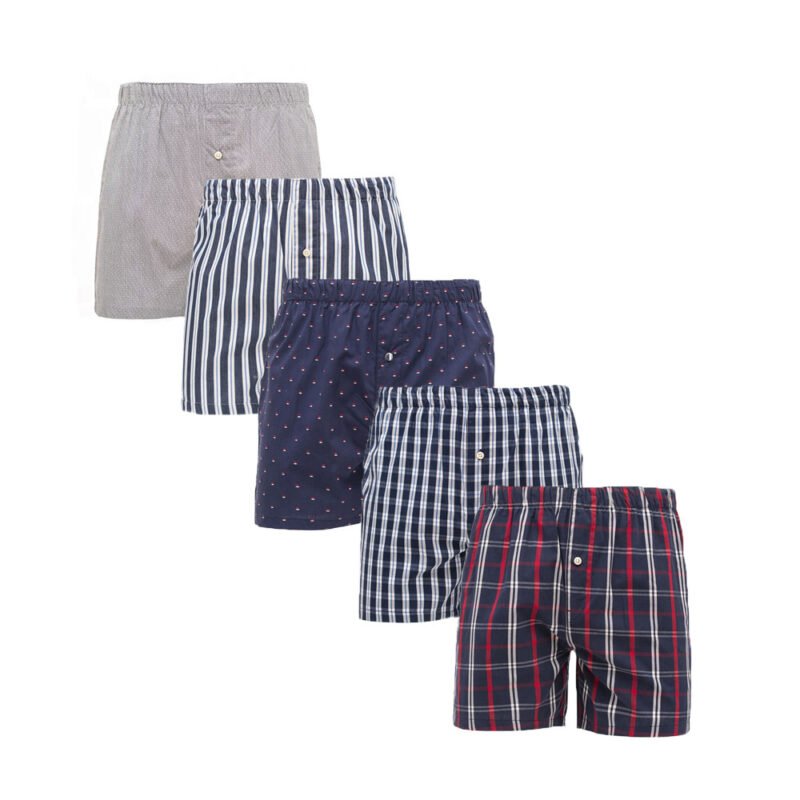 Genuine arrow pants men’s cotton underwear baggy large size boxers home sports pajama pants beach pants boxer shorts
Genuine arrow pants men’s cotton underwear baggy large size boxers home sports pajama pants beach pants boxer shorts -
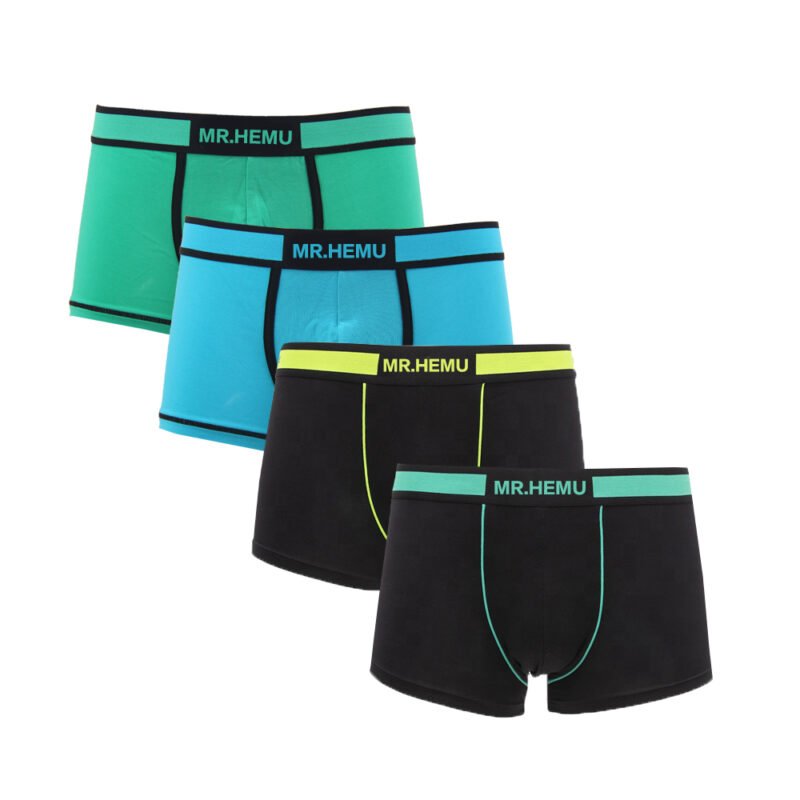 Men’s underwear Boxers cotton cotton sexy and comfortable boxers Breathable U raised pants
Men’s underwear Boxers cotton cotton sexy and comfortable boxers Breathable U raised pants -
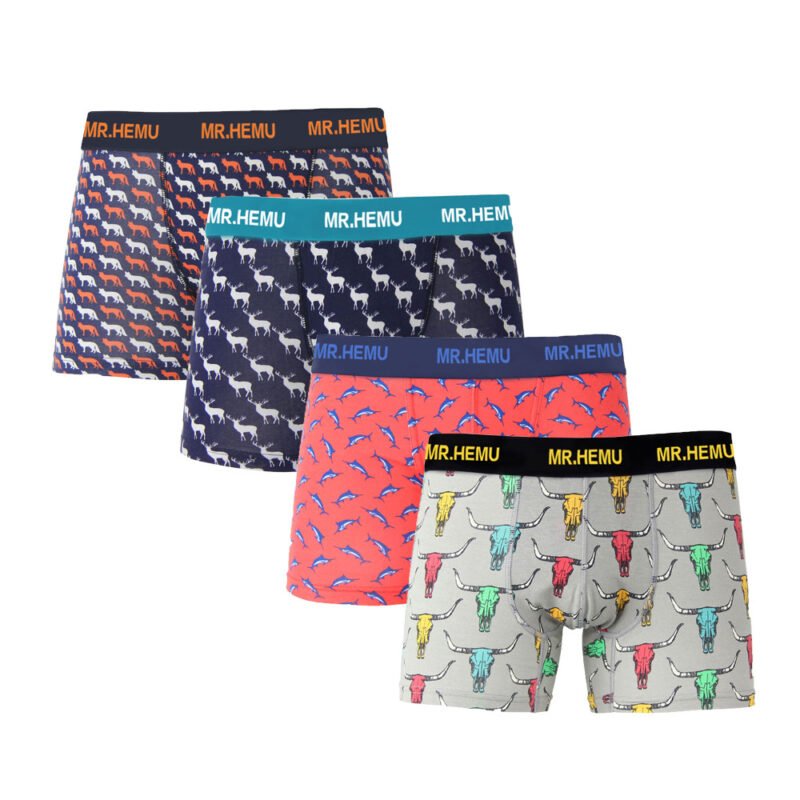 Men’s underwear boxer shorts trend breathable pants cotton sexy boxers sports running
Men’s underwear boxer shorts trend breathable pants cotton sexy boxers sports running -
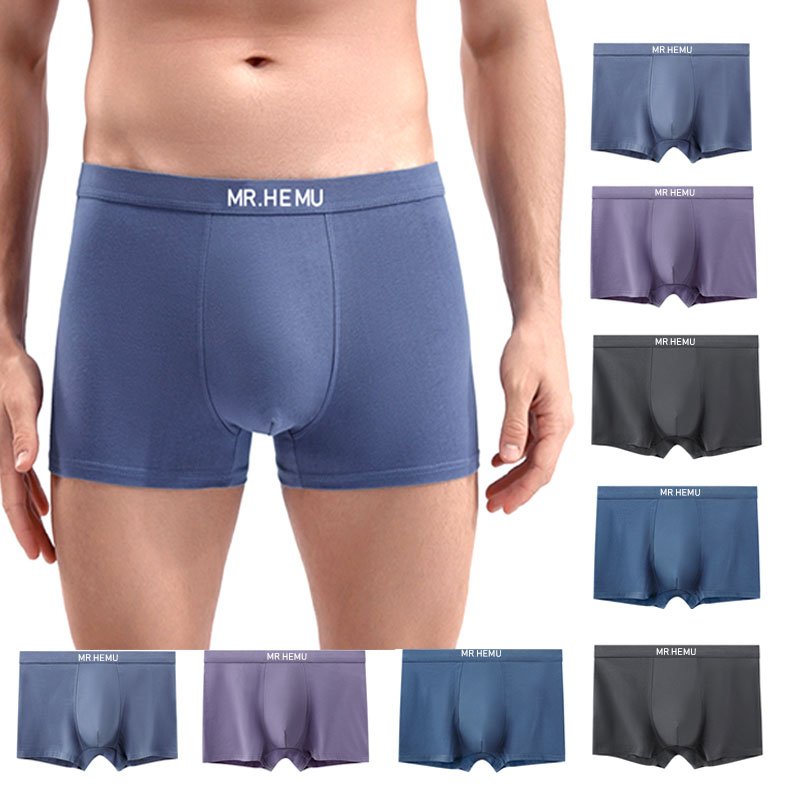 Men’s underwear men’s cotton autumn and winter men’s four-cornered men’s non-100% cotton boxer shorts
Men’s underwear men’s cotton autumn and winter men’s four-cornered men’s non-100% cotton boxer shorts -
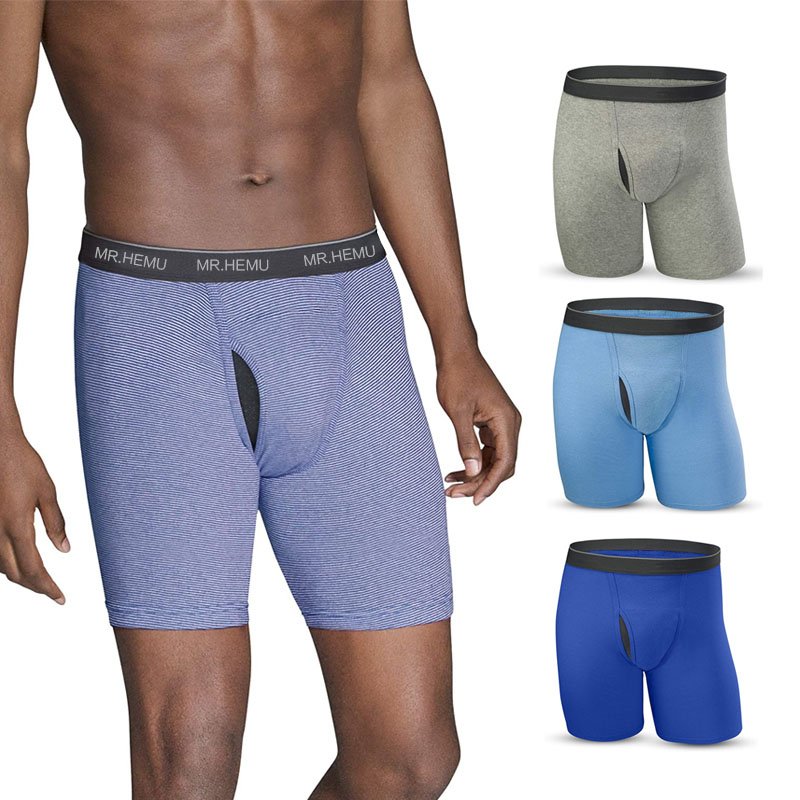 Men’s underwear Long boxers Sport Lengthened inner z pants Men’s anti-wear leg running loose long leg friction anti-wear
Men’s underwear Long boxers Sport Lengthened inner z pants Men’s anti-wear leg running loose long leg friction anti-wear -
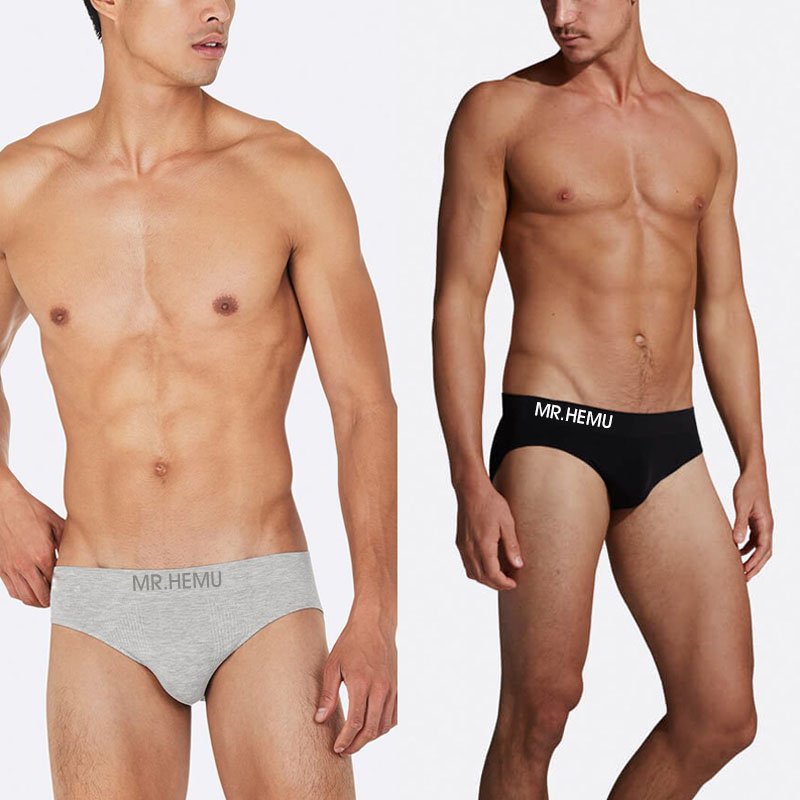 Men’s underwear large size medium high waist sports fitness thong sexy seamless breathable three-dimensional U-shaped convex bag t pants
Men’s underwear large size medium high waist sports fitness thong sexy seamless breathable three-dimensional U-shaped convex bag t pants -
 Men’s underwear cotton boxers loose version cotton arrow pants large size comfortable men’s boxers
Men’s underwear cotton boxers loose version cotton arrow pants large size comfortable men’s boxers -
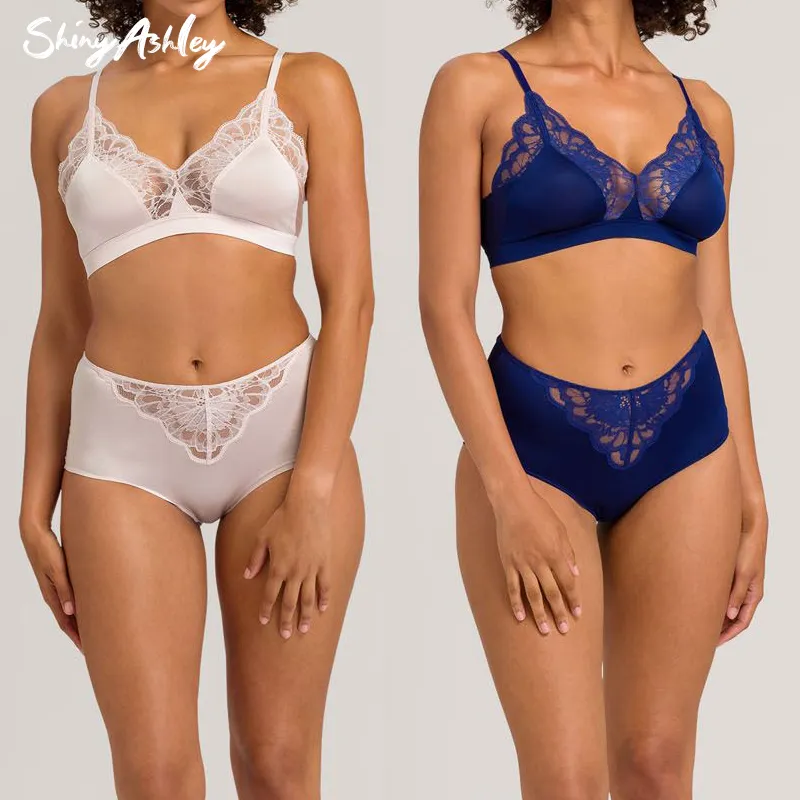 Custom women sexy seamless ice silk breathable underwear
Custom women sexy seamless ice silk breathable underwear -
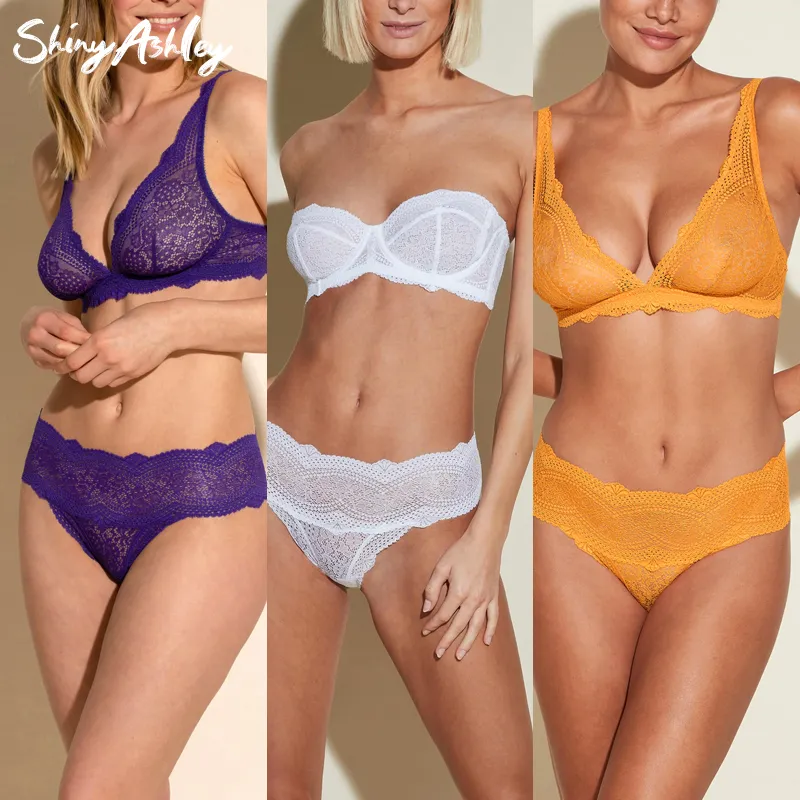 Lace fabric women’s sexy high elastic breathable underwear with cotton sole
Lace fabric women’s sexy high elastic breathable underwear with cotton sole -
 Cotton thin belt solid color sexy women’s triangle thong underwear
Cotton thin belt solid color sexy women’s triangle thong underwear -
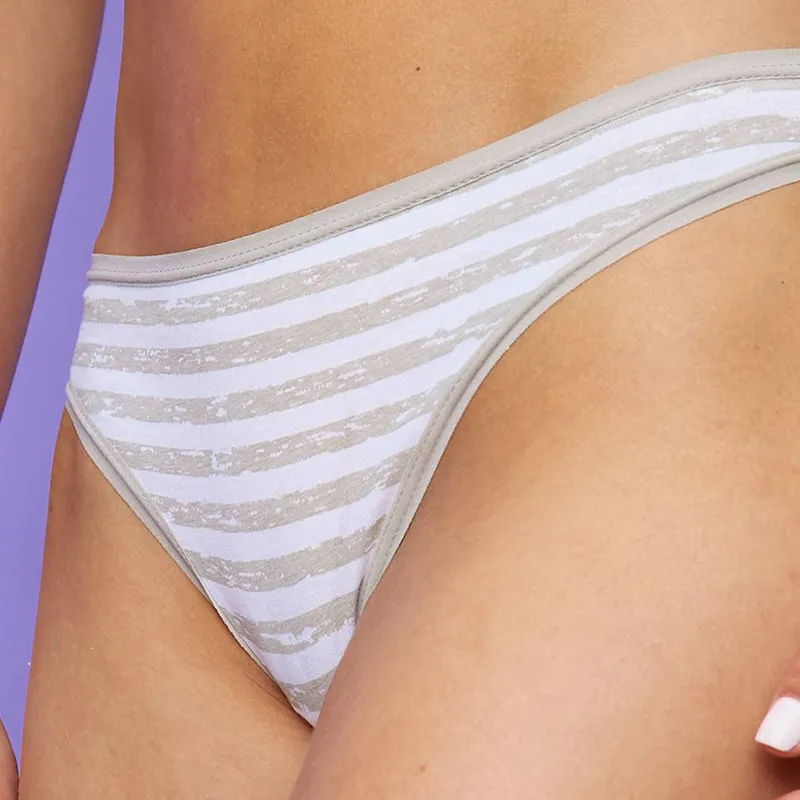 Custom sexy cotton women youth fashion women’s underwear
Custom sexy cotton women youth fashion women’s underwear
Underwear is crafted from a diverse range of materials, each chosen for specific properties like comfort, breathability, stretch, and durability. The selection of fabric significantly impacts how the underwear feels against the skin, its level of support, and its suitability for different activities and climates.
Understanding these materials for making underwear can help you make informed choices for optimal comfort and hygiene.
Common materials used in underwear include:
- Cotton: A natural fiber prized for its softness, breathability, and absorbency, making it a popular choice for everyday wear. It’s also generally hypoallergenic.
- Synthetic Fabrics (Nylon, Polyester, Spandex): These man-made fibers offer various benefits such as durability, stretch, moisture-wicking properties, and shape retention. Spandex is often blended with other fabrics for added elasticity.
- Bamboo: A natural and sustainable fiber known for its softness, breathability, and moisture-wicking capabilities. It also has natural antibacterial properties.
- Silk: A luxurious natural fiber that is smooth, soft, and breathable. While comfortable, it often requires more delicate care.
- Modal and Lyocell: These are semi-synthetic fabrics derived from wood pulp. They are known for their softness, excellent drape, and resistance to shrinking and fading.
- Lace and Mesh: Often made from nylon or other synthetic blends, these materials are used for decorative purposes and breathability in certain styles.
Types of Underwear

Choosing the right underwear involves navigating a diverse landscape of styles, each designed with specific features and benefits in mind. Understanding these distinctions can significantly impact your comfort, support, and overall confidence. From everyday essentials to specialized designs, the world of underwear offers something for everyone.
Let’s explore some of the most common underwear types you might encounter.
Briefs Underwear
Briefs are characterized by their high-cut leg openings and full coverage across the rear. They typically feature an elastic waistband that sits at or just below the natural waist. This classic style provides reliable support and stays well-hidden under most types of clothing, making them a versatile choice for daily wear.
Boxer Briefs Underwear
Combining the support of briefs with the longer leg length of boxers, boxer briefs offer a comfortable and secure fit. The extended leg helps prevent chafing and provides additional coverage. They are a popular option for both everyday activities and athletic pursuits due to their supportive and stay-put design.
Boxers Underwear
Boxers are loose-fitting shorts that offer a relaxed and breathable feel. They typically have an elastic waistband and provide minimal support. While traditionally a men’s style, some women also appreciate their comfortable and unrestricted fit, often wearing them for lounging or sleepwear.
Thongs Underwear
Thongs are designed to provide minimal rear coverage, consisting of a narrow strip of fabric that sits between the buttocks. They are a popular choice for avoiding visible panty lines (VPL) under close-fitting garments like leggings or dresses. While offering minimal coverage, they come in various materials and waist heights.
Bikinis Underwear
Bikini underwear features a lower rise than briefs and offers moderate coverage in the front and back. The leg openings are typically cut higher on the thigh. This style is often favored for its flattering silhouette and versatility under different types of clothing.
Hipsters Underwear
Hipsters sit lower on the hips than traditional briefs, typically a few inches below the natural waistline. They offer moderate coverage in the front and back, similar to bikinis but with a lower rise. This style is often preferred for its comfortable and stylish fit under low-rise pants and skirts.
Boy shorts Underwear
Boy shorts offer more coverage than briefs or bikinis, resembling short shorts. They typically have a low to mid-rise waist and provide full coverage across the rear and upper thighs. This style is often chosen for its comfortable and sporty feel.
Control Underwear Underwear
Control underwear is designed to provide shaping and support to specific areas of the body, such as the tummy, hips, and thighs. These garments are often made with firm and stretchy fabrics and come in various styles, from high-waisted briefs to shaping shorts, to create a smoother silhouette under clothing.
What is the Purpose of Underwear
The seemingly simple garment we know as underwear serves a surprisingly multifaceted role in our daily lives. Beyond basic modesty, these foundational pieces of clothing contribute significantly to our comfort, hygiene, and even the longevity of our outer garments. Understanding the various functions of underwear can highlight its importance in our wardrobes and help us appreciate its design and purpose. Let’s delve into the key reasons why we wear underwear.
Hygiene
One of the primary purposes of underwear is to provide a hygienic barrier between our skin and our outer clothing. It absorbs sweat, oils, and other bodily fluids, preventing them from directly soiling our more durable and often harder-to-wash outer layers like pants, skirts, and dresses. This helps to keep our outer clothing cleaner for longer and reduces the frequency of washing, which can extend their lifespan. Furthermore, underwear helps to maintain personal cleanliness and can contribute to preventing the buildup of bacteria and odors.
Comfort and Support
Underwear plays a crucial role in providing comfort and support to our bodies. Different styles are designed to offer varying levels of support to different areas. For example, briefs and boxer briefs offer support to the genitals and help prevent chafing, especially during physical activity. Well-fitting underwear can also contribute to an overall feeling of security and comfort throughout the day, minimizing irritation and allowing for ease of movement. The choice of material also significantly impacts comfort, with breathable fabrics like cotton helping to regulate temperature and moisture.
Preventing Chafing
Chafing, the uncomfortable and sometimes painful irritation of skin caused by rubbing against other skin or clothing, is a common issue that underwear can help mitigate. Styles like boxer briefs, with their longer leg length, provide a barrier between the thighs, reducing friction during walking or exercise. Even tighter-fitting underwear can help to keep outer seams away from direct skin contact, thus preventing rubbing and the associated discomfort.
Modesty and Coverage
While perhaps less of a primary concern in private settings, underwear provides a basic level of modesty and coverage in various situations. It ensures that our intimate areas are not directly exposed, which is important for social norms and personal comfort, especially in situations like changing rooms, gyms, or during certain activities. Different styles offer varying degrees of coverage depending on personal preference and the type of outer clothing being worn.
Shaping and Smoothing
Certain types of underwear, such as control briefs or shaping shorts, are designed to provide a degree of shaping and smoothing to the figure. These garments often feature compression fabrics that help to create a more streamlined silhouette under clothing. They can help to smooth out lines, tuck in the tummy, and enhance the fit of outer garments, contributing to a more polished and confident appearance.
Protecting Outerwear
As mentioned earlier, underwear acts as a protective layer for our outerwear. By absorbing bodily fluids and reducing direct contact with the skin, it helps to keep our pants, skirts, and dresses cleaner. This not only prolongs the life of our clothing by reducing wear and tear from frequent washing but also helps to maintain their appearance and freshness between washes.
How Long Does Underwear Last
The lifespan of underwear isn’t set in stone and depends on several factors, including the quality of the material, how frequently they are worn, and how they are cared for. Generally, experts recommend replacing your underwear every 6 to 12 months.
However, this is just a guideline, and you should consider the condition of your underwear rather than strictly adhering to a time frame. Having a larger rotation of underwear can also extend the life of each pair as they won’t be subjected to frequent washing and wear.
Pay attention to the signs that indicate it’s time for a replacement. These include:
- Loss of elasticity: If your underwear no longer stays in place and feels stretched out.
- Holes or tears: Any visible damage to the fabric.
- Thinning or fraying fabric: When the material feels worn and weak.
- Stains that won’t come out: Persistent discoloration despite washing.
- Lingering odors: If they still smell even after being washed.
- Discomfort: If they no longer feel supportive or cause irritation.
Underwear Protection

Beyond the basic functions of comfort and hygiene, underwear plays a vital role in providing protection for our bodies and our clothing. This protection manifests in several key ways, safeguarding our sensitive areas from potential irritation, infection, and the elements. Understanding these protective aspects of underwear can further highlight its importance in maintaining our health and well-being. Let’s explore the different ways in which underwear offers this crucial layer of defense.
Protection Against Irritation and Chafing
One of the most significant protective roles of underwear is to shield our delicate skin from irritation and chafing. The constant rubbing of skin against clothing, particularly rough seams or stiff fabrics, can lead to redness, soreness, and even breaks in the skin. Well-fitting underwear made from soft, breathable materials acts as a barrier, preventing this direct contact and minimizing friction, especially in areas prone to chafing like the inner thighs and groin. This is particularly important during physical activity or when wearing certain types of clothing.
Protection Against Infection
Underwear also contributes to protecting against infections by creating a barrier that helps to keep harmful bacteria and other microorganisms away from our sensitive genital areas. By absorbing bodily fluids, it prevents the buildup of moisture, which can create a breeding ground for bacteria and yeast. Additionally, underwear can provide a layer of defense against external contaminants that might be present on clothing or surfaces. Choosing breathable fabrics like cotton can further aid in maintaining a healthy environment by promoting airflow and reducing moisture retention.
Protection for Outerwear
As previously discussed, underwear serves as a protective layer for our outer clothing. By absorbing sweat, oils, and other bodily secretions, it prevents these substances from directly staining or damaging our more substantial garments. This not only helps to keep our outer clothing cleaner and fresher for longer but also extends their lifespan by reducing the need for frequent and harsh washing. In this way, underwear acts as a first line of defense, preserving the quality and appearance of our wardrobe.
Protection During Menstruation
For individuals who menstruate, specialized underwear and menstrual products work together to provide crucial protection during their cycle. Period panties are designed with absorbent layers to catch menstrual flow, offering a backup or alternative to traditional pads or tampons. Even regular underwear helps to keep pads securely in place, preventing leaks and providing a sense of security and comfort during this time. The added layer of fabric offers both physical and psychological protection.
Protection Against Minor Injuries
While not its primary function, underwear can offer a degree of protection against minor bumps, scrapes, and other superficial injuries in the genital area. The fabric provides a thin but noticeable cushion that can help to absorb some impact and reduce the severity of minor trauma. While it’s not a substitute for proper safety measures, this added layer can offer a small degree of protection in everyday situations.
How to Choose the Best Underwear

Selecting the most suitable underwear involves considering a variety of factors to ensure optimal comfort, support, and functionality for your individual needs and lifestyle. With the vast array of styles, materials, and features available, making informed choices can significantly enhance your daily comfort and confidence. Taking the time to evaluate these aspects will lead you to the best underwear for any occasion.
Consider the Activity
The type of activity you’ll be engaged in should heavily influence your underwear selection. For everyday wear, comfort and breathability are key, making cotton or bamboo blends excellent choices. For workouts, moisture-wicking and supportive options like synthetic fabrics (nylon, spandex) or boxer briefs are often preferred. For formal events or tight-fitting clothing, seamless thongs or shapewear might be the best option to avoid visible lines.
Think About the Material
The fabric of your underwear directly impacts breathability, comfort, and moisture management. Natural fibers like cotton are soft and breathable but may not be the best for wicking away sweat. Synthetic fabrics excel at moisture wicking and quick drying, making them ideal for exercise. Blends often offer a combination of benefits. Consider your skin sensitivities as well, opting for hypoallergenic materials if needed.
Choose the Right Style
Different underwear styles offer varying levels of coverage and support. Briefs provide full coverage and support, while boxer briefs offer similar support with added leg coverage to prevent chafing. Boxers are loose and comfortable for lounging. Bikinis and hipsters offer moderate coverage with a lower rise. Thongs provide minimal coverage and eliminate visible panty lines. Select styles that suit your body type, personal preference, and the clothing you’ll be wearing.
Ensure the Correct Fit
Proper fit is paramount for comfort and preventing issues like chafing or riding up. Underwear should feel snug but not restrictive. The waistband should sit comfortably without digging into your skin. Leg openings should allow for free movement without being too tight or too loose. Ill-fitting underwear can lead to discomfort and even skin irritation. Always refer to size charts, as sizing can vary between brands.
Consider Your Personal Preferences
Ultimately, the best underwear is the one that feels most comfortable and makes you feel confident. Consider your personal style preferences, whether you prefer solid colors, patterns, or lace details. Think about the rise (high, mid, low) that you find most comfortable and flattering. Don’t be afraid to experiment with different styles and materials to discover what works best for you.
Evaluate Special Features
Some underwear comes with special features designed for specific needs. Moisture-wicking properties are great for active individuals. Seamless designs are ideal for avoiding visible lines. Control panels can offer shaping and support. Consider if any of these features align with your needs and can enhance your comfort and confidence.
Conclusion
This ultimate guide likely covered a wide range of underwear types, materials, and considerations for different needs and preferences, empowering readers to make informed choices. Understanding these factors ensures comfort, support, and confidence in everyday wear.
For a truly personalized experience, consider Friendtex. They offer custom underwear options, allowing you to design garments tailored to your exact specifications and style.
Explore the possibilities of custom-made comfort and express your individuality with unique underwear from Friendtex today.

